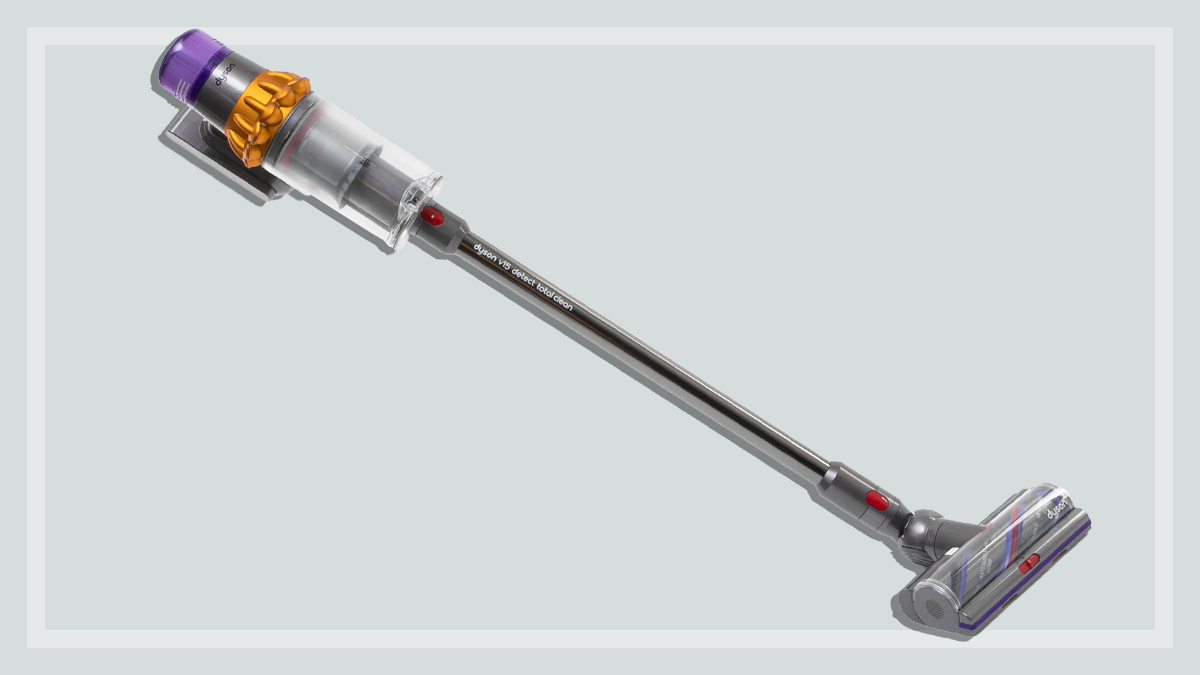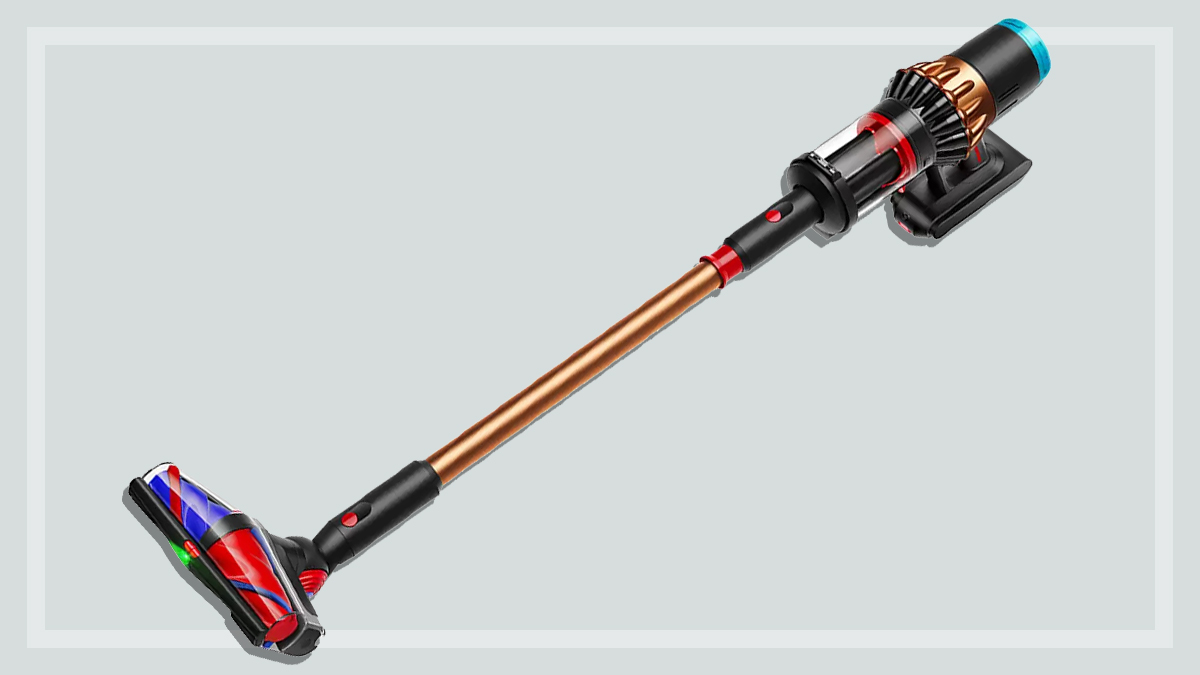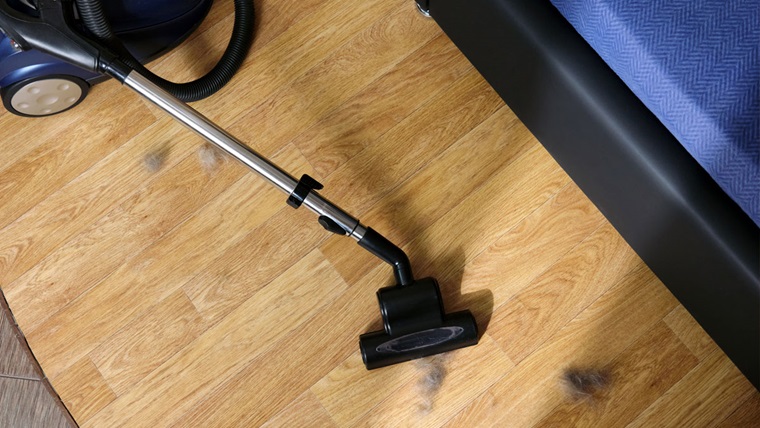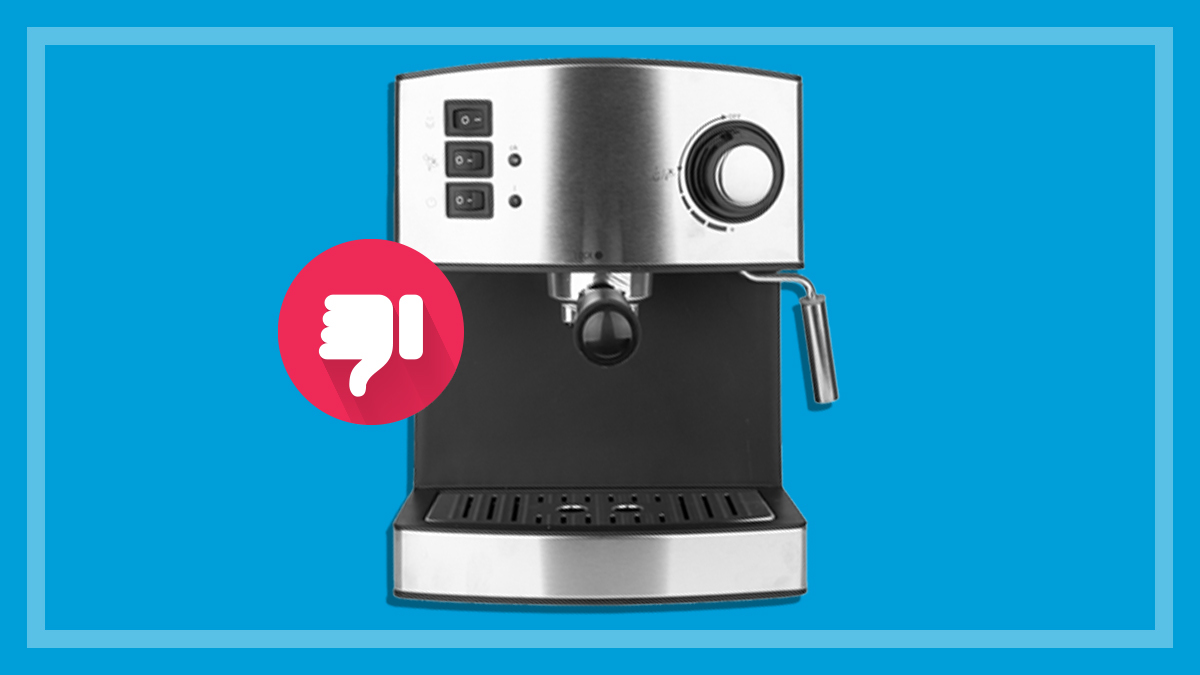Get our independent lab tests, expert reviews and honest advice.
5 things our stick vacuum experts would never do
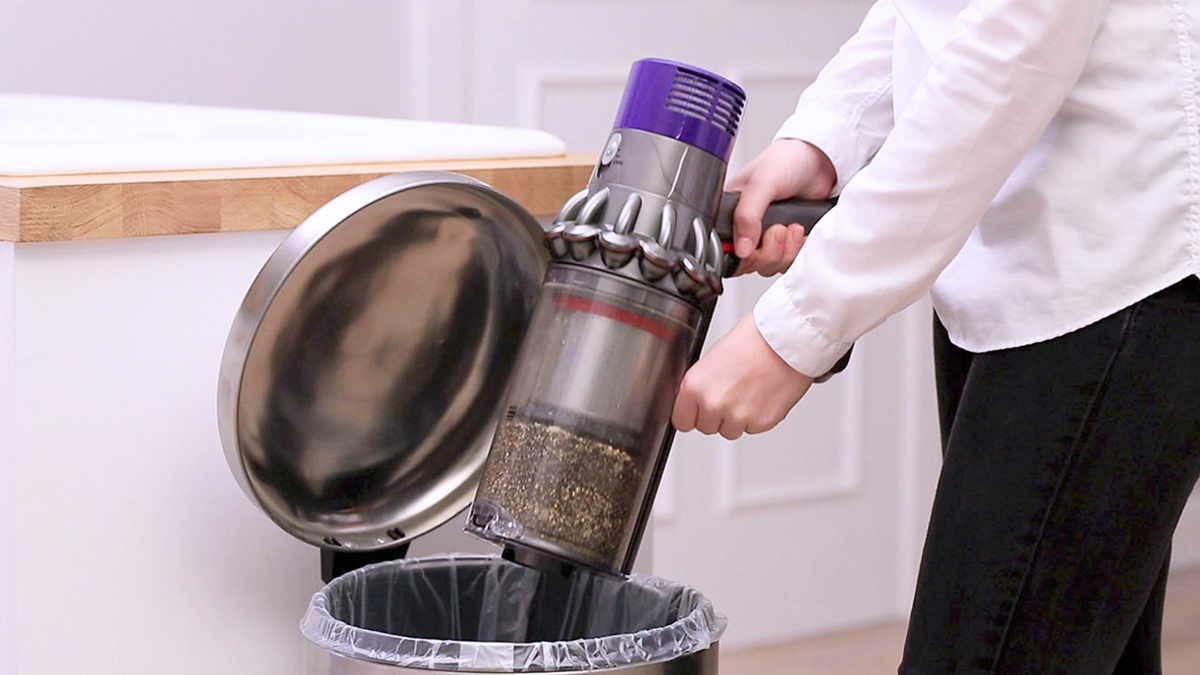
Whether you’re the proud new owner of a shiny stick vacuum or you’ve been a stick devotee for years, there are lots of tips and tricks that’ll help you get the most out of this nifty appliance.
As well as things you should do, there are a few things that you absolutely shouldn’t, if you wan to ensure your stick vacuum continues sucking (in a good way) for many happy, dust-free years to come.
It pays to be mindful of a few simple dos and dont’s
Because although there are budget stick vacuums available (more on whether these cheap buys and worth it later), these types of vacuums often come with a hefty price tag – up to a thousand dollars or more. So it pays to be mindful of a few simple dos and dont’s to ensure you’re not blowing your cash.
CHOICE experts Adrian Lini and Kim Gilmour have been assessing the performance of a huge variety of stick vacuums in the CHOICE labs for years, so they know a thing or two about how to get the most from this handy household helper.
Here are the top five mistakes they see people making with their stick vacuums and the things you should be doing instead.
1. Forgetting to clean your stick vacuum
Cleaning the thing you use to clean stuff with? Sounds like a total drag, sure, but keeping your stick vacuum clean will not only improve its performance but will ensure it lasts as long as possible.
Obviously you need to empty the dust bin when it’s full, but you also need to regularly clean your vac filter and roller, as well as the attachments you’re using. A dirty, clogged filter or filthy roller does not make for sparkling floors or carpets!
The make and model of your vac will determine how easy this is.
You also need to regularly clean your vac filter and roller, as well as the attachments
“I like to clean and rinse my vacuum every couple of months,” says CHOICE test expert Adrian Lini.
“It takes a little time but it’s worth it to keep it hygienic, performing its best and looking good – blockages such as tangled hair or loose debris can also cause damage if you don’t remove them after every couple of uses.
“Check the instructions for your make and model on how to remove and replace the parts, as well as which parts are safe to wash.”
2. Vacuuming wet messes
Damp coffee grounds or freshly smooshed vegetables from the kid’s dinner on the floor? Step away from the stick vac! Unless you have a wet-dry vacuum, steer clear of using your stick vac on damp floors or wet messes. Once all that gooey mess gets sucked into your vac, it will be trickier to clean.
And, if you don’t soak and clean it straight away, you’ll likely find it’ll create unpleasant odours down the track or might even grow mould.
Instead, sweep up the bigger pieces of damp debris, wait for it to dry, then run your stick vac over to your heart’s content.
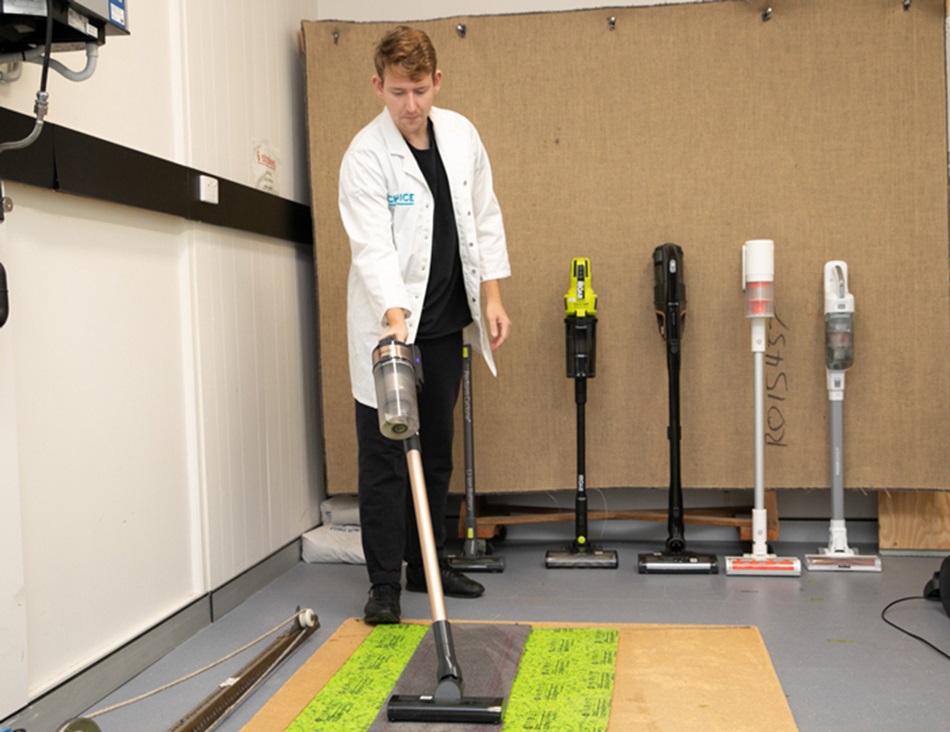
3. Buying a cheap or poor-performing stick vacuum
When it comes to stick vacuums, our experts are prepared to stray a little from our usual mantra that “price is no indicator of performance”. Price tags for stick vacuums range from $1000 or more for a top-of-the-line Dyson to less than $100 for some Kmart models.
And while not everyone can afford to spend a grand for what is essentially a dirt-sucking stick, our testing finds that you’re more likely to find a top performer at the upper end of the price range.
Almost all of the stick vacuums recommended by our experts cost $800 or more, so if you’re on a budget you may need to resign yourself to a lower level of performance: a $250 stick vac is unlikely to deliver the same results as one of our recommended $1000+ models.
If you’re really on a budget, you can get much more bang for your buck by buying a barrel vacuum
CHOICE vacuum expert Kim Gilmour
And if your budget stick vac has a problem or failure, it’s often hard to replace spare parts – if they’re even available. So you’ll likely end up just having to buy a new one.
Meanwhile many premium brands have replaceable batteries, which increases their lifespan, while cheaper stick vacs are more likely to be headed to landfill once their batteries die.
“Investing more in a quality stick vacuum that performs well in CHOICE testing will likely pay off in the long run in both performance and longevity,” says CHOICE expert, Kim Gilmour.
“If you’re really on a budget, you can get much more bang for your buck by buying a barrel vacuum – of course it’s not as portable but you can get better performance for less.”
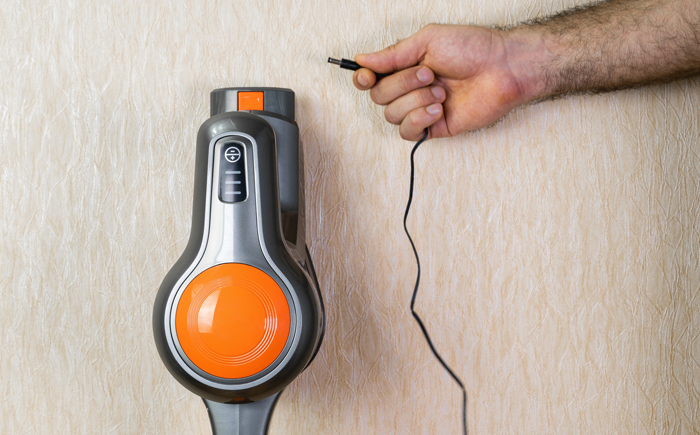
4. Not storing it properly or neglecting to look after the battery
Our CHOICE experts say that one of the biggest vacuum cleaner storage mistakes you could make is storing it somewhere that’s not easily accessible or where it might get damaged.
“One of the key advantages of a stick vacuum is that they’re lightweight and generally easy to get out for quick daily cleans,” says Adrian.
“Hanging it on a docking station in an easily accessible cupboard or wall space means it’ll always be on hand when you need it.”
Kim also reminds stick vac owners that storing your appliance correctly is important to ensure your battery lasts.
“Extreme temperatures can damage your battery, so you should avoid keeping your vacuum in prolonged, direct sunlight or somewhere that gets very hot. Equally, don’t keep it somewhere such as a garage that may get extremely cold.”
The lithium batteries used in today’s stick vacuums will also keep their capacity longer if they’re not completely discharged to 0%, so don’t wait until it’s completely dead before putting it back in its charging dock. If you have a spare battery, make sure it’s left partially charged when not in use (storing it at full charge is also not a good idea).
Lastly, for safety reasons make sure any additional batteries you purchase are genuine and not third-party models. The knock-off types may not have the protective mechanisms in place to prevent the battery from overcharging, which is a fire risk.
5. Using the wrong vacuum head for the job
Some stick vacuum models come with both hardfloor heads and brush heads for carpet, while others come with just one multi-purpose head. Using the correct head for the type of floor is vital to ensure you get the best results from your stick vacuum.
“It’s worth taking the time to attach the correct head to your stick vacuum – when testing I see obvious differences depending on which head I’m using,” says Adrian.
“Quite often, a brush head designed for carpet won’t pick up debris from a hard floor as well as a dedicated hard floor head can.”
That being said, some stick vacuums do have multi-purpose heads that can do a decent job on both surfaces and can even adjust their suction depending on the surface you’re vacuuming, Our reviews show how well these models perform.

